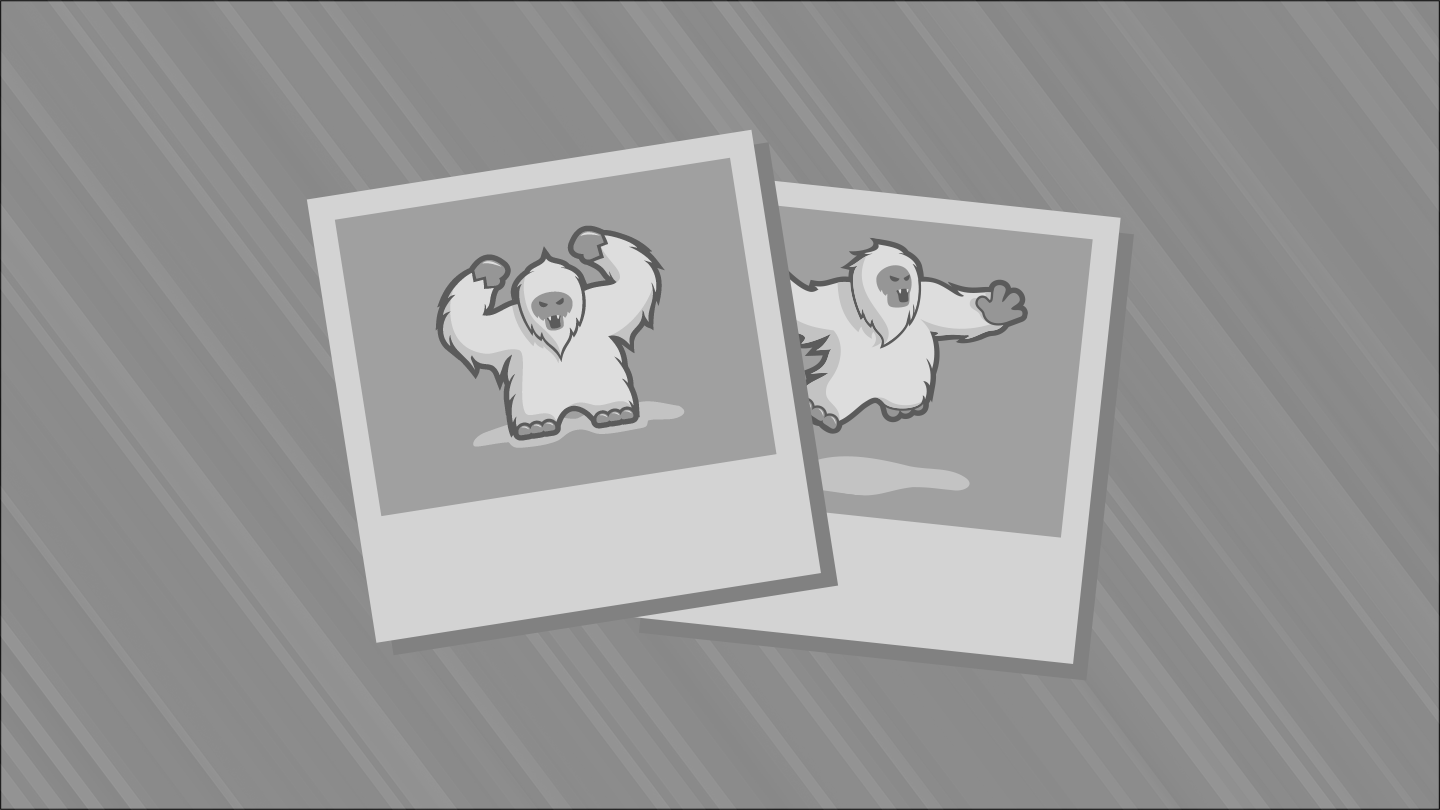“Truly songs and tales fall utterly short of the reality, O Smaug the Chiefest and greatest of Calamities.”First of all, I am now convinced that Jackson is covertly borrowing from Unfinished Tales, as Gandalf and Thorin's meeting in Bree is not in The Hobbit proper, but as "The Quest for Erebor" in the former. It's not entirely necessary, but it provides more information on Gandalf's goals. As for the film proper, I was immensely pleased with Beorn's house. I wasn't sure how they'd manage the lighthearted tone, but it was wonderful.
As for Mirkwood and the spiders, I was pleased that they left the soundtrack low, as I had sat through Unexpected Journey less than an hour before and was rather over-run by the warg/orc fights. Thranduil's palace was intriguing--did anyone else get distinct echoes of Menegroth from the First Age? After a quick web search, I learned that Thranduil was originally a Sindarin elf from Doriath, so it makes sense that he'd model his fortress and foreign policy (especially isolationism) after Thingol. However, Thingol had a Maia to wife--her power was the main reason the kingdom stood against Morgoth as long as it did. Without divine power on his side, Thranduil's not likely to be as fortunate.
And what was up with that weird flash of burned skin? I don't get it at all. Not to mention how extraordinarily creepy his interactions with Thorin were.
And for Tauriel...ah, Tauriel. I would have been fine with a female captain of the guard, even one with feelings for Legolas, but a love triangle with a Dwarf? Of four confirmed interspecies romances in Tolkien (only one of which is in the Fourth Age), three are female elf/male human and one is Maia/male elf. Only one does not end in tragedy. It only got worse with the healing of Kili--why does a Silvan elf get to do the magic healing-other-side thing? In The Fellowship of the Ring, Glorifindel 's power(whose role was taken by Arwen in the films) was explained by his having lived in the Blessed Realm, Valinor. The Silvan elves never made it to Valinor.
At least Laketown/Esgorath was good. If I had to explain it to someone, I'd say "Venice in Minnesota," which aligns with Dale's Mediterranean style. Bard was a good character, the setting was developed well, etc.
Gandalf and Radagast's quest was quite good--I really appreciate the White Council storyline. And I noticed the word "sharku" in one of the Dol Guldur scenes--the Orcish word was the origin of Saruman's nickname Sharkey in the Scouring of the Shire chapter, so nice in-joke there. And the shot of Gandalf hanging in the cage--poor wizard.
The Lonely Mountain itself was very impressive. Taking into account the differences between film and literature, the scenes were really good, but did they have to add the golden statue sequence?
When I left the theatre, I was 50/50, or even 70/30 against this film, but after taking some time to think about it, I think several of the changes are due to pacing/adaptation limits, but I still wish they hadn't made Tauriel a love interest or had the Dwarves make that huge statue.


No comments:
Post a Comment